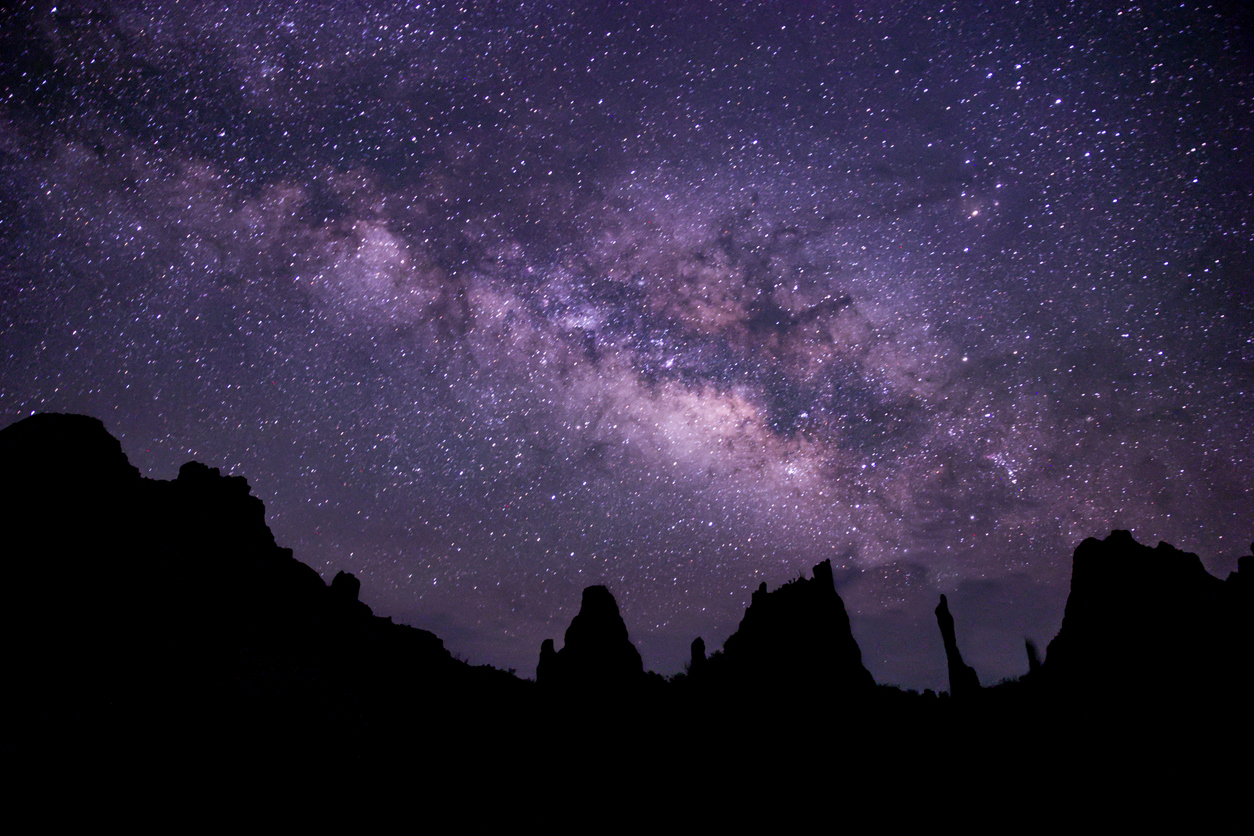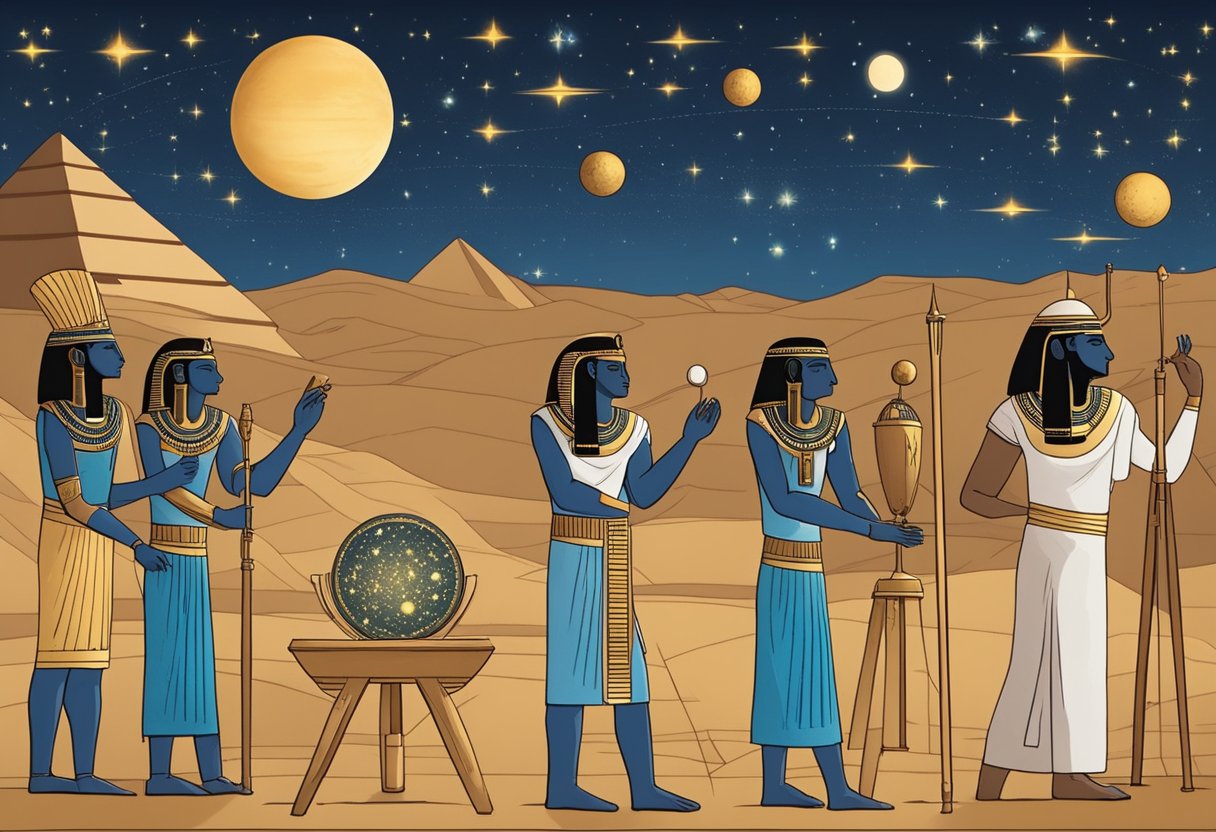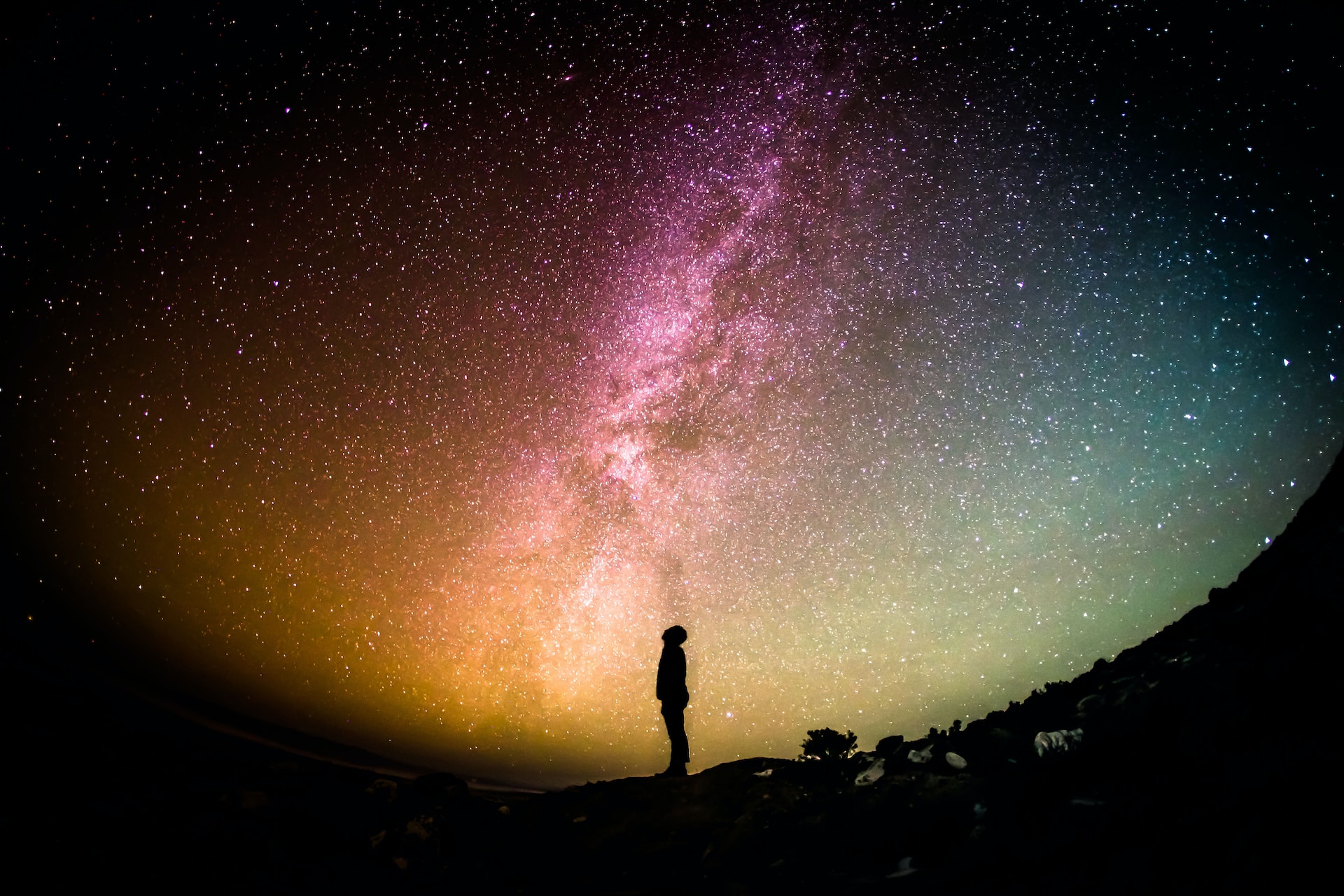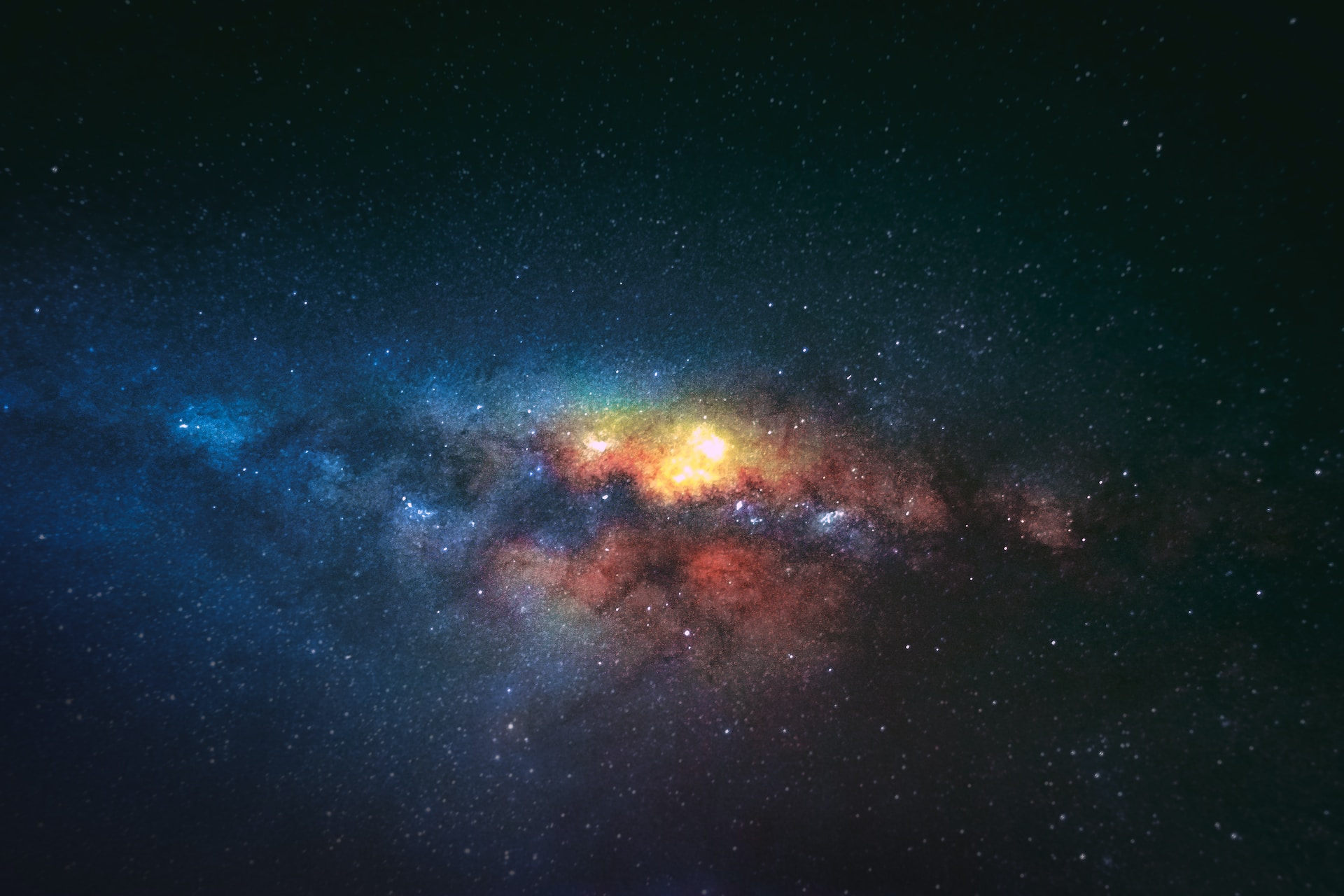Austin’s Astronomy Clubs and Observatory Visits

Austin offers several astronomy clubs for space enthusiasts, including the Austin Astronomical Society (AAS), Psalm 19 Astronomy Society, and the Williamson County Astronomy Club.
You'll find regular star parties at dark-sky locations like Enchanted Rock and Pedernales Falls. Public viewing events occur through UT Austin's astronomy outreach and at ACC campuses, while the UT Astronomy Students Association welcomes new members at weekly meetings during the long semesters.
No equipment? No problem—most groups provide telescopes and beginner training for newcomers curious about the night sky.
Discovering Austin's Amateur Astronomy Community
Dozens of amateur astronomy clubs flourish across Texas, with several calling the Austin area home. Beyond AAS, you'll find groups like Psalm 19 Astronomy Society and the Williamson County Astronomy Club in Georgetown, each offering welcoming perspectives on stargazing.
The Austin astronomy community also connects through local meetups that host astrophotography workshops and casual observing nights. You don't need to own gear to participate—many events provide loaner telescopes and on-site coaching. Some organizations even offer telescope-building or collimation sessions to help you get hands-on with your equipment.
These clubs frequently organize star parties at darker sites around Central Texas, creating a vibrant network for sharing knowledge, observing tips, and safe night-sky practices among amateur astronomers of all experience levels.
Austin Astronomical Society: Programs and Membership Benefits
Among Austin's clubs, the Austin Astronomical Society stands out with extensive programs and useful membership perks. You'll gain access to telescope orientation that allows you to help at public star parties and to participate in members-only observing nights at approved dark sites.
The society hosts regular talks and workshops that help you tackle advanced observing projects—everything from lunar/planetary to deep-sky and imaging. Members can:
- Attend members' star parties for extended observing under darker skies
- Join outreach teams that collaborate with the NASA Night Sky Network for school and community events
- Take in monthly meetings featuring guest speakers and current astronomy discoveries
These benefits create a complete experience for both beginners and experienced observers looking to deepen their skills.
Best Stargazing Locations in the Greater Austin Area
The abundance of darker skies outside the metro creates excellent opportunities for stellar observation. For close, spontaneous outings, try Inks Lake State Park or Pedernales Falls State Park, both a short drive from town and notably darker than typical neighborhood parks.
For serious astronomers, Enchanted Rock State Natural Area provides exceptional visibility with its International Dark Sky Park designation. South Llano River State Park is another reliable Milky Way spot.
If you'll venture farther, Big Bend Ranch and Copper Breaks State Parks deliver truly pristine skies. Aim for new-moon windows or cool fall/winter nights when transparency and seeing often improve. Lakeside spots around Lake Travis can add calm reflections when conditions allow.
Upcoming Star Parties and Public Viewing Events
Stargazers of all experience levels can enjoy Austin's vibrant scene through recurring public viewings and club star parties. The AAS and partner groups routinely schedule public nights throughout the year (weather permitting), posting dates on their calendars.
UT Austin hosts regular Friday night public viewing during fall and spring semesters (weather and schedule permitting), offering a look through campus telescopes. State parks such as Pedernales Falls, Inks Lake, and Enchanted Rock also run ranger-led star programs in high season; check individual park calendars for dates and registration details.
ACC campuses periodically host free public star parties, which are great for first-timers and families.
UT Astronomy Students Association: Campus Resources and Activities
If you're interested in astronomy at UT Austin, the Astronomy Students Association (ASA) offers an inclusive gateway to academic resources and social connections. Open to all majors, ASA meets weekly during the long semesters and welcomes newcomers without dues.
The group provides informal mentorship, keeps students informed about undergraduate research opportunities, and organizes outreach. You can join their mailing list/Discord for updates, help at public events, or run for leadership if you want deeper involvement in Austin's astronomy community.
Starry Sky Austin: Educational Programs for All Ages
Beyond the university setting, Starry Sky Austin connects Central Texans with the cosmos through small-group stargazing that blends science and storytelling. Their outreach emphasizes equity and access, partnering with community groups and parks to bring telescopes to underserved audiences.
Programs often run at sites such as Reimers Observatory (at Reimers Ranch Park) and include hands-on instruction, light-pollution awareness, and age-appropriate sky tours—an engaging gateway for families and lifelong learners alike.
Dark Sky Preservation Efforts and Night Sky Photography Tips
While city lights brighten the metro, regional groups work to preserve dark skies. DarkSky Texas (the state chapter of DarkSky International) and local partners promote shielded, warmer-color lighting and sensible ordinance models that curb glare and skyglow.
The Greater Big Bend International Dark Sky Reserve spans roughly 15,000 square miles, making it the world's largest protected dark-sky area. Closer to Austin, communities such as Dripping Springs have adopted lighting ordinances aligned with DarkSky guidelines. Remember: global studies show skyglow increasing about 10% per year, so local advocacy and good lighting choices matter.
For night-sky photography, use a sturdy tripod, shoot RAW, start around ISO 1600–3200, f/2–f/2.8, and a shutter near the "500 rule" (500 ÷ focal length on full-frame) to minimize star trails. Add a tracking mount for longer exposures of nebulae and galaxies.
Conclusion
Whether you're a complete beginner or a seasoned observer, Austin's astronomy community is ready to welcome you. You'll find endless opportunities to explore the cosmos through local clubs, university resources, state-park programs, and public events. Don't wait—grab a red flashlight, join a star party, and connect with fellow enthusiasts under Central Texas skies. The universe awaits.




